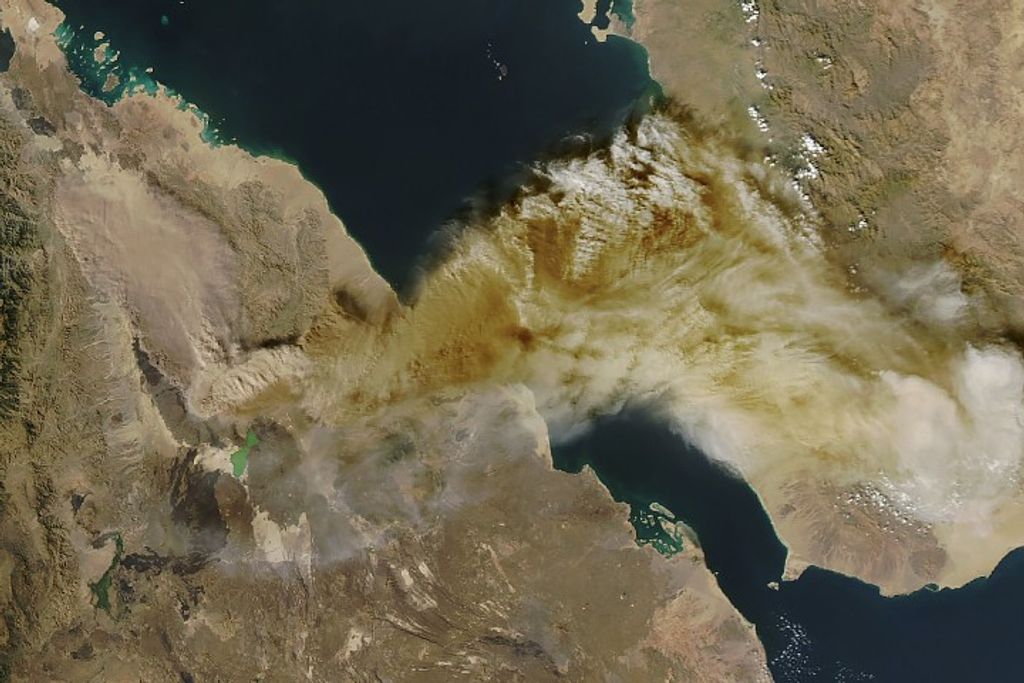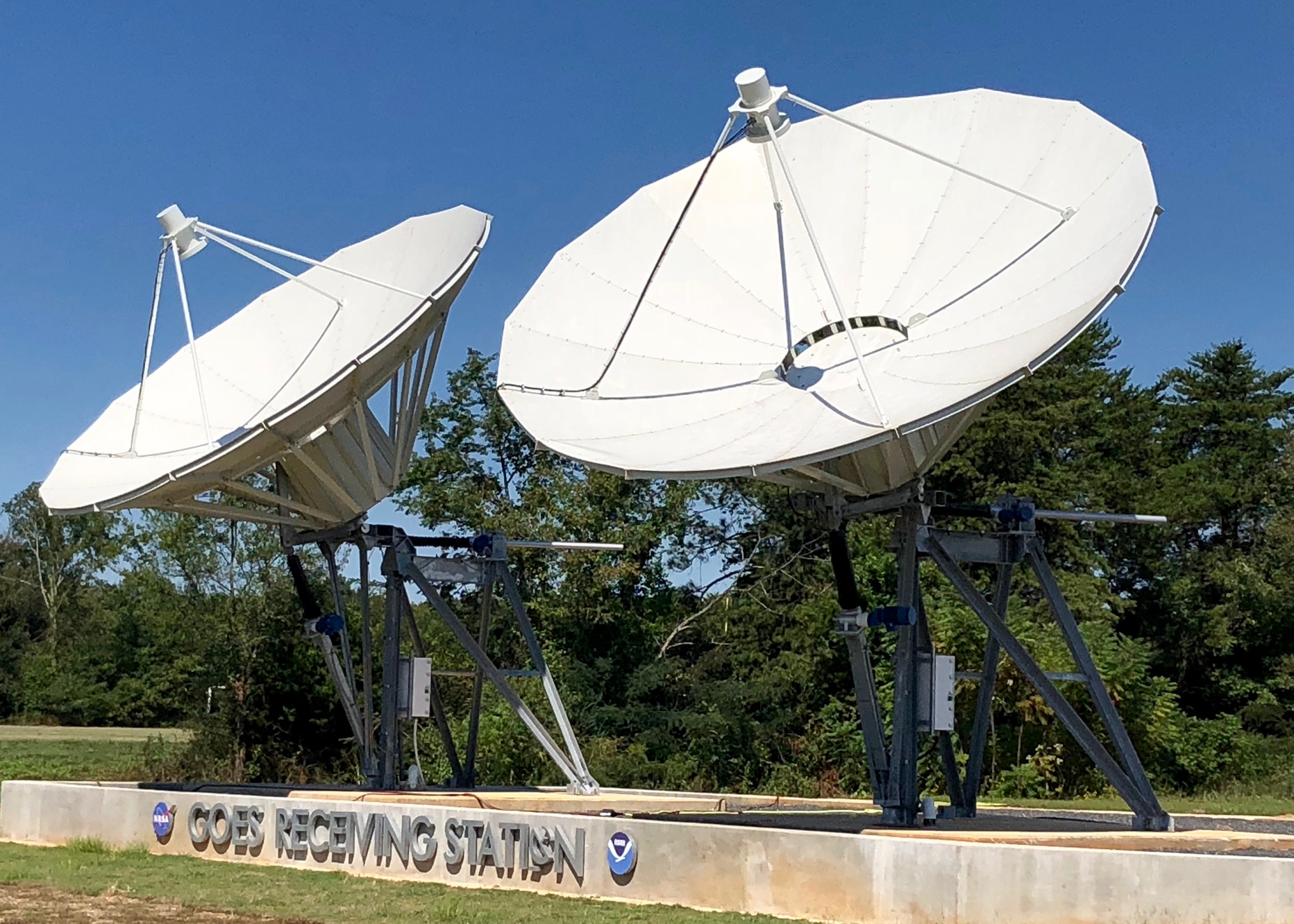Patrick Duran (SPoRT) and Paul Meyer (ST11 Emeritus) successfully installed two new, specialized demodulators at MSFC’s Geostationary Operational Environmental (GOES) Satellite receiving station. The system, which includes two large dish antennas outside the MSFC Activities Building, downlinks data from the GOES-East and GOES-West satellites and creates products that are posted to the NASA SPoRT website and disseminated to other NASA centers and stakeholders such as NOAA and the US Forest Service. These products provide situational awareness for weather forecasting, firefighters in the field, and – as part of a new initiative – for use aboard NOAA’s reconnaissance aircraft flying through hurricanes. In a new collaboration with Heliophysics and Planetary Science Branch, SPoRT is investigating ways to downlink real-time space weather data to support forecasting of events that could negatively impact spacecraft and other electronics. The new equipment also reduces the risk of data outages by providing improved signal-to-noise ratio and allowing for back-up capability for both GOES-East and GOES-West. These preparations also prepare the ground station to downlink data from the new GOES-U satellite upon its launch and commissioning later this year.
1 min read




























